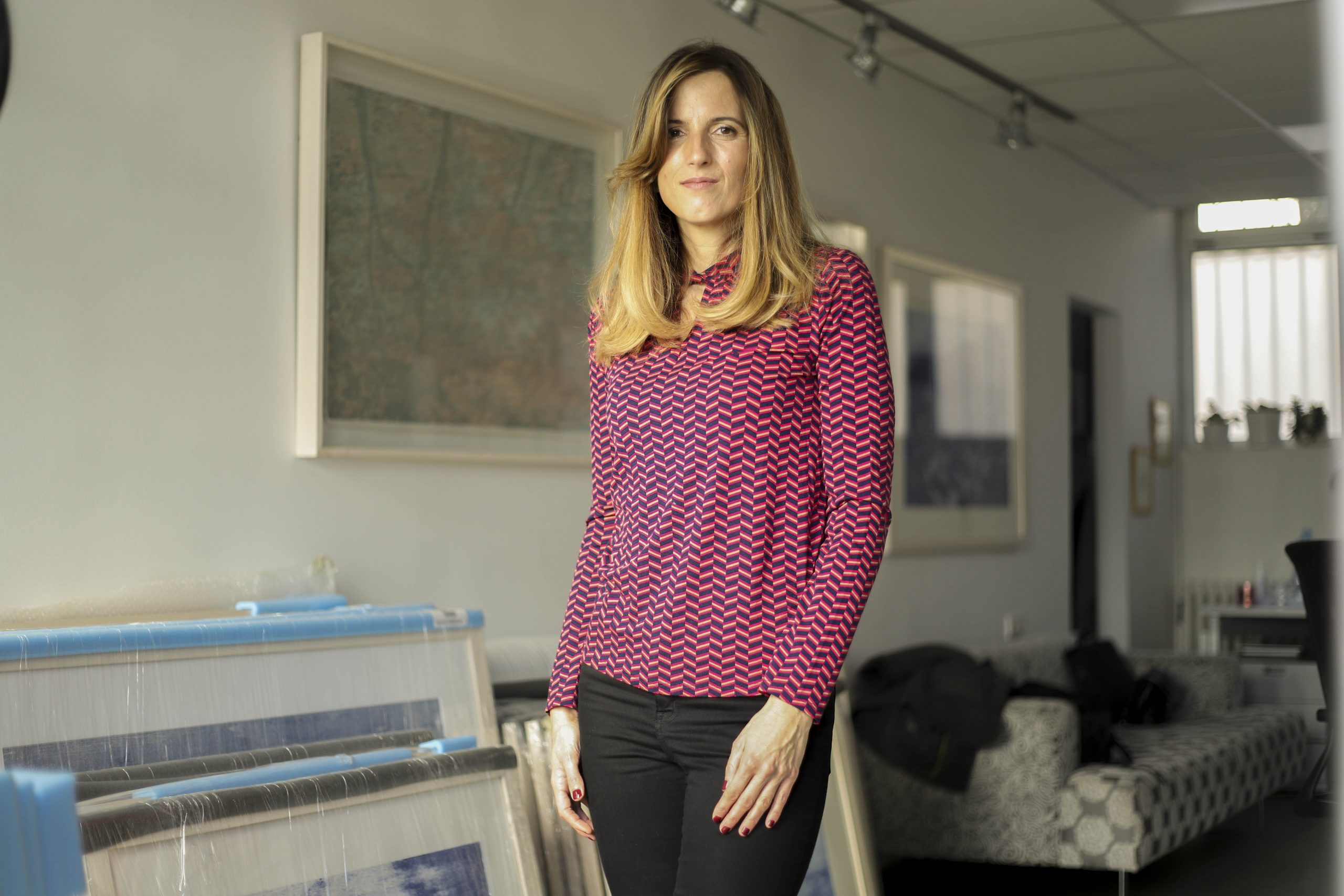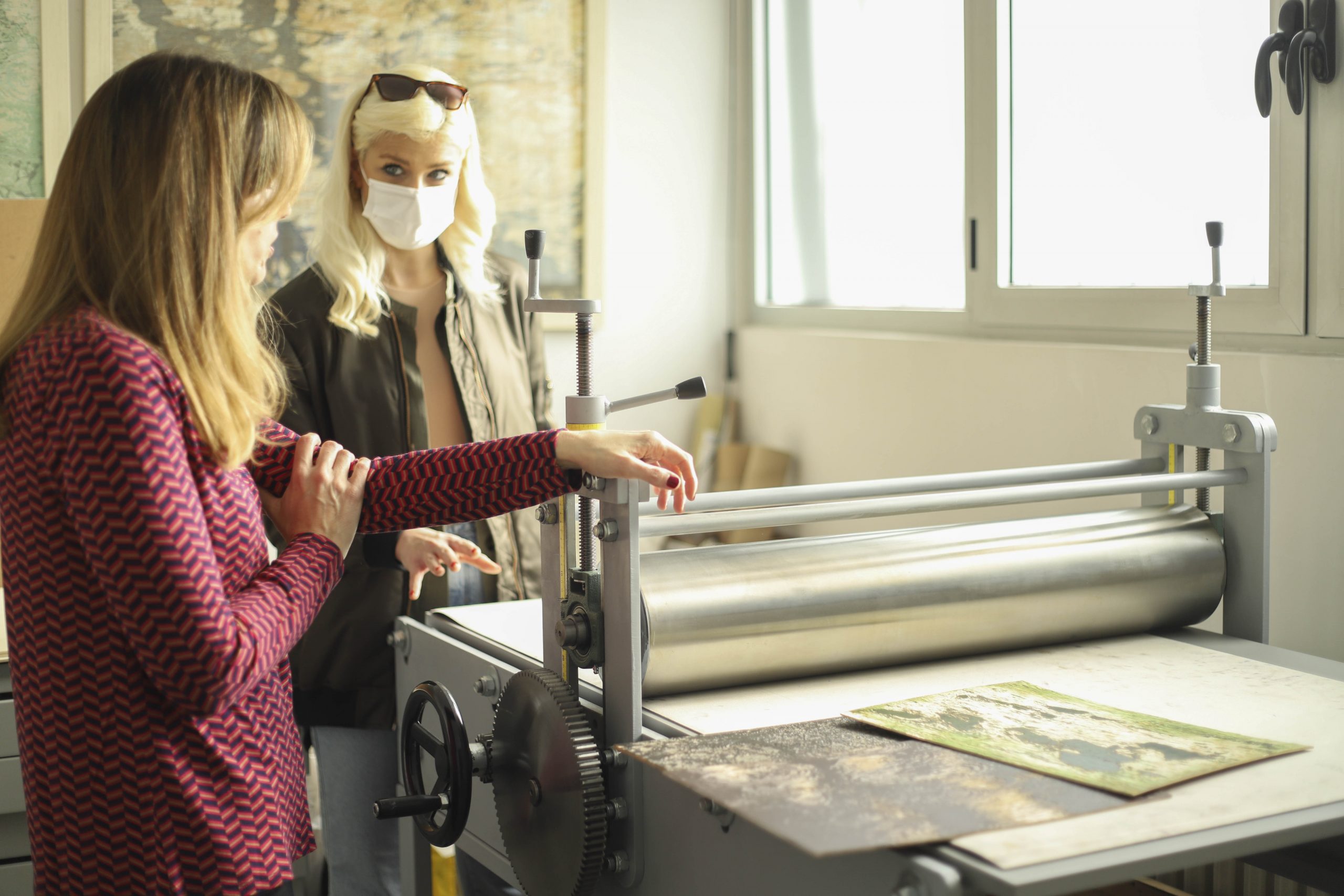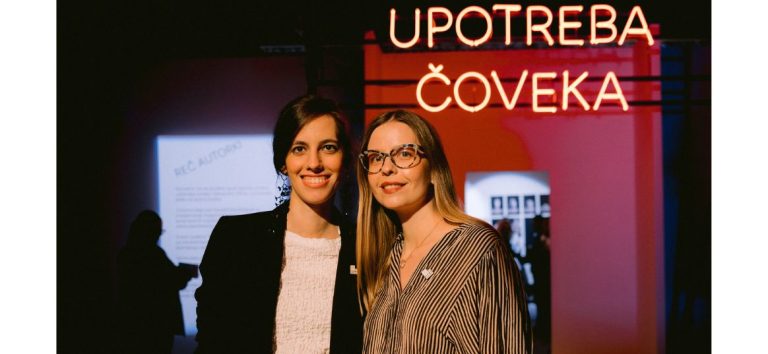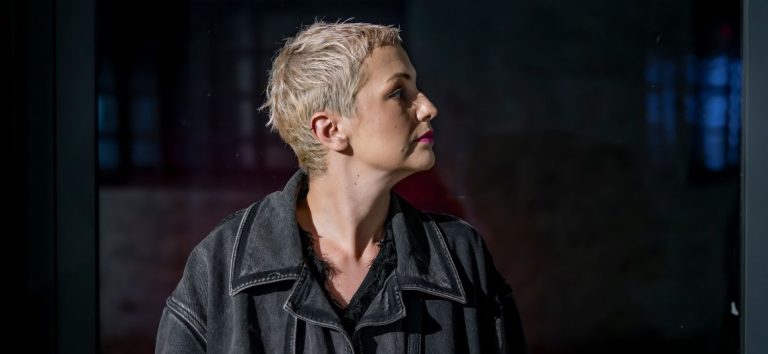This young Novi Sad artist, Jelena Sredanović, shows that dedication, talent and constant improvement knows no bounds.
This goes for many great artists, you can always tell with certainty which event will be of the utmost importance for their careers. For Michelangelo, it was sculpting the famous statue of David, for Picasso, it was exhibiting his painting in the Metropolitan Museum of Art in New York in 1906. Jelena Sredanović, a young Novi Sad artist, had her big moment by the end of the last year, when her graphic ‘Drops and Shadows’ became part of the famous Viennese museum’s permanent collection, right next to Michelangelo and Picasso as well as other great artists, such as Klimt, Raffaello, Rubens…
‘Drops and Shadows’ were done using the woodcut technique and are part of the author’s cycle called ‘Imprint of Nature’.
You received both bachelor and master degrees from the Academy of Arts in Novi Sad. After you obtained your master’s degree in Graphics, you applied for PhD studies at the University of Arts in Belgrade. Why did you choose this particular technique? Did studying help you perfect the technique or did it offer some other kind of improvement?
– At the Academy of Arts, you gain the knowledge needed to do fine arts. The diploma you get doesn’t automatically mean you’re an artist, you have to keep improving and work continuously. From the beginning of my study life, I tried to improve, so in addition to the aforementioned Academy of Arts in Novi Sad and the University of Arts in Belgrade, I attended the Summer Academy of Arts in Salzburg in 2002 and participated in residency programmes and numerous art workshops in the country and abroad (Bilbao 2010, Granada 2018, Rome 2018). I opted for Graphics because I had affinities for drawing, and during my studies I discovered how rich and diverse the discipline is, offering a varied range of radically different means of expression, each requiring a certain approach.
Throughout your work, you use woodcut, as a traditional technique, as well as digital printing and other more modern techniques. How would you explain to a layman what it is that you do before exhibiting artwork in a gallery, i.e., how does your creative process look like?
– Being an artist nowadays, especially doing graphic art, isn’t easy at all. It’s very demanding and everyone in the world of graphics knows how much effort is required; effort and means of production, in order to make one graphic. Using woodcut implies a long process of preparation, from making sketches and drawings, cutting wooden veneered boards and plywood, on which everything that is not printed is cut and removed, while other uncut parts form a drawing on which paint will be applied. I make special stencils for each colour on a graphic. When the process of preparation of one or more wooden stencils is completed, the paint is applied to these boards, the paper is placed over the boards and, under the pressure of the paint press, it is printed from the board to the paper and so we get a graphic print. I repeat the same procedure when I want to get more colours on a print and that way it achieves layering. In one graphic cycle, I combined woodcut and digital print, with one layer being done in digital print, and then on top of it I did one or more layers of prints in the woodcut technique.
Natural phenomena are a big inspiration of yours. Is there a particular reason for nature being the topic of your works, or does inspiration come on its own, spontaneously? Is there anything else that serves you as inspiration?
– I find inspiration for the content of my works in the world that surrounds me. In nature, I search for new visual incentives. To me, the most interesting scenes are the ones of movement, the constant movement and creation of new, unique visual units, as well as the way they last. Those changing scenes, such as reflection in the water or clouds, that exist in one moment and in the very next they’re changing or disappearing, belong only to the moments I fix in the graphic media. In my works, I’ve tried to convey the soothing atmosphere and depth I recognize in such scenes.
Your work ‘Drops and Shadows’ from the ‘Imprint of Nature’ cycle became part of the permanent collection of the famous Viennese museum Albertina. You also won the Walter Koschatzky award for Drops and Shadows (Koschatzky is a long-standing director of the graphic art collection of the Albertina museum). How does it feel to officially receive confirmation that your work is in the rank of Michelangelo, Picasso, Dürer, Schiele, Bruegel and other famous fine artists?
– I am delighted. A couple of months ago, people from Albertina informed me that they got hold of my graphic. The procedure of copyright and other rights regulation lasted for some time and now I can officially announce that my work is part of one of the most important collections of graphics and drawings in the world. Since 2009, I’ve been doing both solo and group exhibitions across Austria, and whenever I went to Vienna, I never missed a chance to visit exhibitions in Albertina, admiring the works of great artists. I never would have thought that, someday, my artwork would belong to that collection. I’m proud of this achievement that includes more than 15 years of continuous and dedicated work, improving myself, student residencies and a large number of solo and group exhibitions in cities around the world.
Do you think modern printing techniques are changing graphic art, setting it back or improving it in any way? What do you think the future of graphic art, and fine art in general, will look like, given that we are becoming a digital civilization?
– Graphic artists learn about new technologies available to them and how to use them, all the while developing new methods of making an artistic imprint. In the growing presence of new technologies, which have expanded the possibilities and tools for work, there is a reverse tendency to rediscover the expressive possibilities of traditional graphic techniques. Centuries-old techniques are still alluring to many authors, who boldly expand the potential of traditional methods. Seeking the opportunity to better express their ideas and feelings, contemporary artists strive to find their space in a wide range of available methods. It’s hard to imagine the vital tradition of art in general and graphics in general will be lost; it’s an art form that has its roots in the Renaissance and is still relevant today. As long as there are artists who think of this art form as an exciting field for creating, and who through their own work prove that there is an inexhaustible space for individual exploration, graphic art will live.
You received numerous awards and are familiar to both local and international audiences. From a point of view of a professional, bearing in mind you exhibited your works in New York, Rome, London, Vienna, Budapest, Beijing… What are the differences in reacting to this type of art in Serbia and other European countries, and what’s it like on other continents?
– Our graphic artists are very respected in the world. The main difference between an exhibition here and abroad is in the organisational and financial capacities, which are limited in Serbia. The exhibition organisers abroad have greater access to different sources of funding, therefore being able to provide a much better production. I had the opportunity to participate in impressive exhibitions abroad, which were organized in very prestigious exhibition spaces at a high professional level, and which were accompanied by richly equipped publications.
You work at the Academy of Arts in Novi Sad, so you pass on your knowledge to students and new generations. Do you show creativity in pedagogical work as well and to what extent is it limiting in our education system?
– For me, pedagogical work at the Academy of Arts is both creative and demanding. I try to recognize the individual quality of each student and encourage them to nurture and develop their creative potential. I believe that students, after mastering given assignments, should have the freedom to choose topics and, in accordance with their sensibility, try to find their space in a wide range of available methods and techniques.
Where in Novi Sad do you like to spend your free time and what places would you recommend to a foreigner?
– I love walking and running along the Danube. As for my colleagues and guests, the Matica Srpska Gallery, Pavle Beljanski Memorial Collection, as well as the Museum of Contemporary Art of Vojvodina are some of the must-see places.
What are your favourite events in Novi Sad that you never miss?
– I try not to miss exhibitions held in the city, as well as other cultural events.
Interviewer: Leona Pap
Photo: Uroš Dožić












